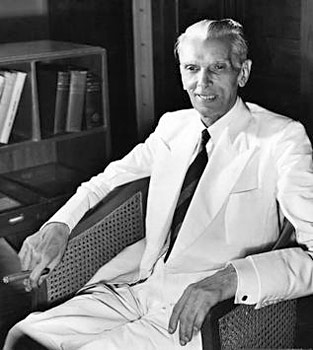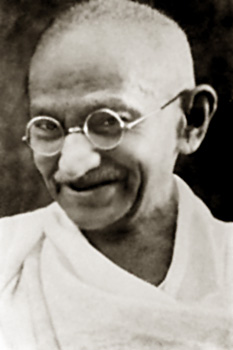 Causes for Partition of India mainly rests around three vital causes which include the British policy of divide and rule on the basis of religion, races, caste and creed, the relationship of Muslim League and Indian National Congress; and the demand of Muslim league for a separate country for the Muslims living in India. The partition of India not only changed the geography of the subcontinent; it at the same time left a deep rooted impact on the hearts of people who had struggled for years to see the dawn of peace with a new India.
Causes for Partition of India mainly rests around three vital causes which include the British policy of divide and rule on the basis of religion, races, caste and creed, the relationship of Muslim League and Indian National Congress; and the demand of Muslim league for a separate country for the Muslims living in India. The partition of India not only changed the geography of the subcontinent; it at the same time left a deep rooted impact on the hearts of people who had struggled for years to see the dawn of peace with a new India.
The Partition of India was based on number of factors. With the passage of time number of issues developed within Indian politics. The newly rising factors which occupied the political scenario in India included factors like rise of Communalism, creation of new political parties and their rising political awareness, the question of security of the minority groups living in India and the inherent conflict within the existing parties. As a foreign rule the British government made all efforts to understand these variations which helped them to great a strong base in India .It was only during and after the Second World War that the British Government was forced internally as well as externally to grant freedom to India. Among these factors the rise of communalism was the most alarming one which sowed the seeds of partition in the long run.  The major group affected by this was the newly created All India Muslim League under the leadership of Muhammad Ali Jinnah.
The major group affected by this was the newly created All India Muslim League under the leadership of Muhammad Ali Jinnah.
The rise of communalism which turned out to be the most important cause for the Partition of India rested mainly on three factors. Firstly, a belief which prevailed was that people of the same community who follow the same religion will have common secular interest i.e. common political, social and cultural interest; in a multi cultural society like India the secular interests of each community differs with the other; and finally communalism arises when the interests of different religions are seen as antagonistic, incompatible and hostile to each other. As these principles formed the base of the newly created parties this forced them to remain away from each other. On the other side the British rule which lasted in India for last 200 years gave full encouragement to this growing in difference. This was further encouraged by the announcement of Communal awards. The encouragement provided by the British Government could be traced back to the period of Partition of Bengal. With this the British government for the first time raised the issue of difference within the communities of Muslim and Hindus to begin with which was though vehemently protested yet led to partition of India as a whole.
With the roots of communalism already sworn by the British rulers it in the long run formed the base of the new party namely All India Muslim League. Muhammad Ali Jinnah, the pioneer of the party, was initially member of Indian National Congress but due to his differences with Mahatma Gandhi he chose to form a new party. The struggle for Pakistan continued to remain as the bone of contention till the end of the struggle till it achieved its mission.
Along with the existing dissatisfaction with the Muslim League the Indian politics faced some more changes within Indian politics. 1940s witnessed the strengthening of some of the existing parties and their new generation politicians like the Akalis of Punjab and Hindu Mahasabha who added to the existing communal drift. The major concern of the present day politics was to look after one`s own security and the existence of their own community highlighting vehemently the issue of Communalism in Indian politics.
One of the major causes for partition of India was the demand of the League for two nations based on religion.
All this proved that the basic cause for Partition of India had been mainly communal which had been encouraged by other factors as well.



















